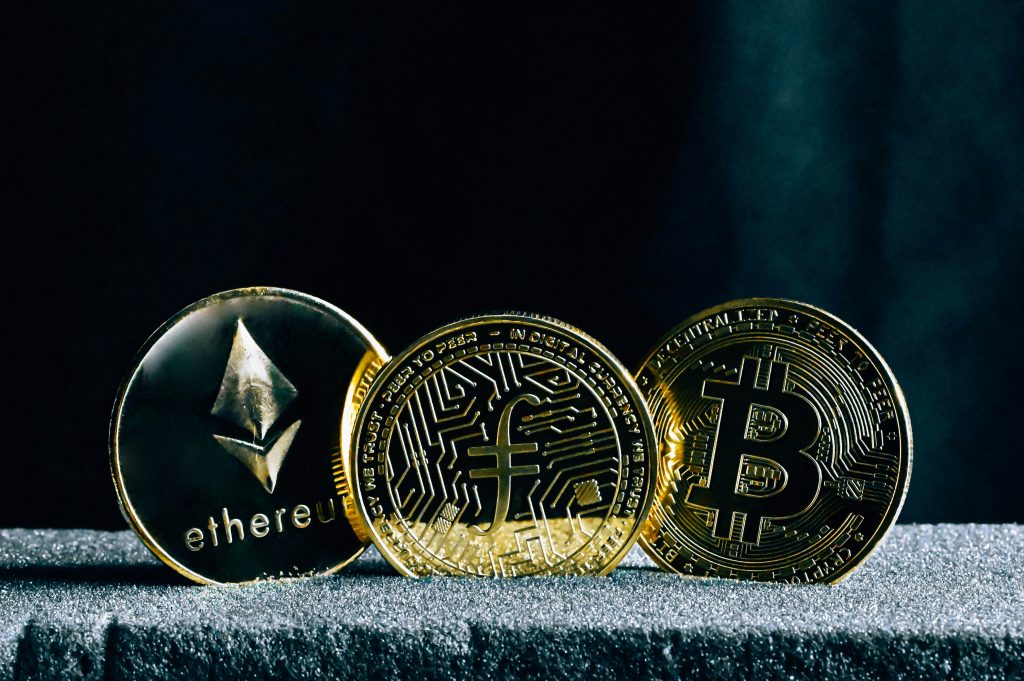In recent months, sensational claims have circulated online suggesting that the United States could erase its massive national debt by selling off its gold reserves and leveraging stablecoins. According to these theories, the U.S. government could simultaneously increase the value of digital currency while causing gold prices to collapse, effectively “resetting” the nation’s $37 trillion debt. This story has captured attention across social media platforms, cryptocurrency forums, and even some geopolitical analyses.
The idea of a sudden debt-free America is undeniably attractive, but it is important to separate fact from fiction. Despite the hype, economic realities, legal frameworks, and technical limitations make such a scenario virtually impossible. This article examines the claim, explains why it is implausible, and outlines what is actually happening with stablecoins and the U.S. financial system.

What the Myth Claims
The myth centers on four main assertions. First, it claims that the United States would sell all its gold reserves, flooding the global market with physical gold.
Second, the proceeds from this sale would be used to purchase or back stablecoins, creating a government-controlled digital currency with increased demand.
Third, proponents suggest that stablecoin values would rise while gold prices fall, providing the financial leverage to restructure debt.
Finally, the theory asserts that existing U.S. debt could be replaced or “reset” using these digital assets.
Sources for this claim are often online forums, conspiracy websites, and statements from foreign analysts, including some officials in Russia. The narrative is appealing because it promises an overnight solution to a problem as large and complex as the U.S. national debt.
How the Hypothetical Plan Would Work
To understand why the claim is false, it is useful to examine how such a plan would allegedly work.
The first step would involve the United States auctioning off its gold reserves, which are stored in places such as Fort Knox. This sudden increase in gold supply would theoretically push global gold prices downward.
Next, the government would issue a stablecoin, often referred to as a digital dollar, or purchase existing stablecoins using the gold sale proceeds. Proponents imagine that these coins could replace paper currency or Treasury bonds, effectively shifting U.S. debt into a digital ledger.
Finally, the government could claim that it has “reset” the debt, replacing traditional liabilities with digital assets. The scenario is often compared to paying off a $37,000 debt using a piggy bank that contains only $500. In reality, the scale of the problem is enormous compared to the supposed solution.
Economic Barriers
Economically, the plan is impossible for several reasons. First, the scale problem is insurmountable. The United States holds approximately 8,133 tons of gold, which is worth roughly $500 billion at current market prices. U.S. debt stands at around $37 trillion, which is nearly seventy-five times larger than the value of all gold reserves. Even selling all gold would have an insignificant impact on the total debt.
Second, a massive gold sale would likely crash global markets. Flooding the market with gold would sharply reduce its price, potentially harming both the U.S. and foreign investors who hold gold. Third, stablecoins themselves cannot absorb trillions of dollars in national debt. Most major stablecoins, including USDT and USDC, are issued by private firms rather than the government. They rely on liquidity and trust, and no single entity could guarantee that they would rise in value simply because the U.S. government attempted to back them with gold proceeds.
Investor trust and global consequences further undermine the plausibility of the myth. Foreign governments, banks, pension funds, and institutional investors hold trillions in U.S. Treasuries. Any attempt to forcibly swap these paper bonds for digital coins at unfavorable terms would likely be viewed as a default or expropriation. The reaction could be catastrophic, potentially triggering financial crises in global markets.
Legal and Political Barriers
Legal and constitutional barriers make such a maneuver even more unlikely. Gold reserves are under the control of Congress, and the government cannot sell them without explicit legislative approval. U.S. debt is governed by federal law and cannot simply be erased without passing new legislation. Any attempt to circumvent these rules would almost certainly face legal challenges and could provoke political upheaval.
Why the Myth Persists
Despite the impossibility of the plan, the myth continues to persist. Sensational claims often gain traction on social media and cryptocurrency forums, where complex economic realities are simplified or ignored. The public often confuses real-world developments, such as stablecoin regulation, with conspiratorial “debt reset” theories. Geopolitical narratives, including statements from foreign officials, further fuel speculation. Additionally, the notion of an instant solution to an enormous debt problem appeals to the imagination and encourages the spread of misinformation.
The Real Role of Stablecoins and Digital Dollars
While the myth is unfounded, it is important to understand the realistic role that stablecoins and digital dollars could play in the U.S. financial system. The U.S. has been working to regulate stablecoins through legislation such as the GENIUS Act, which establishes a framework for payment-focused digital currencies. Under these rules, stablecoins must be fully backed by reliable assets, such as cash or short-term Treasuries. These measures are designed to enhance financial stability and transparency, rather than erase debt.
Stablecoins can improve Treasury liquidity, facilitate faster payments, and modernize the payment infrastructure. They are also a tool for financial inclusion and efficient Treasury operations, but they are not a substitute for sovereign debt or a method to cancel existing liabilities.
Conclusion
In summary, the claim that the United States could sell gold and leverage stablecoins to reset its debt is a myth. The numbers do not add up, the legal and political barriers are substantial, and the market risks would be enormous. Even if such a plan were attempted, it would almost certainly destabilize the global financial system rather than create a magical solution to U.S. debt.
The persistence of this theory highlights the importance of critical thinking and source verification in financial news and online discussions. While stablecoins and digital dollars will play a role in the future of finance, they will not serve as a debt eraser. Stablecoins are a technological advancement that can increase efficiency, security, and accessibility in payments and Treasury operations, but they cannot cancel trillions of dollars in debt. By separating fact from fiction, it becomes clear that the United States has no practical or legal means to reset its debt through stablecoins or gold sales.



